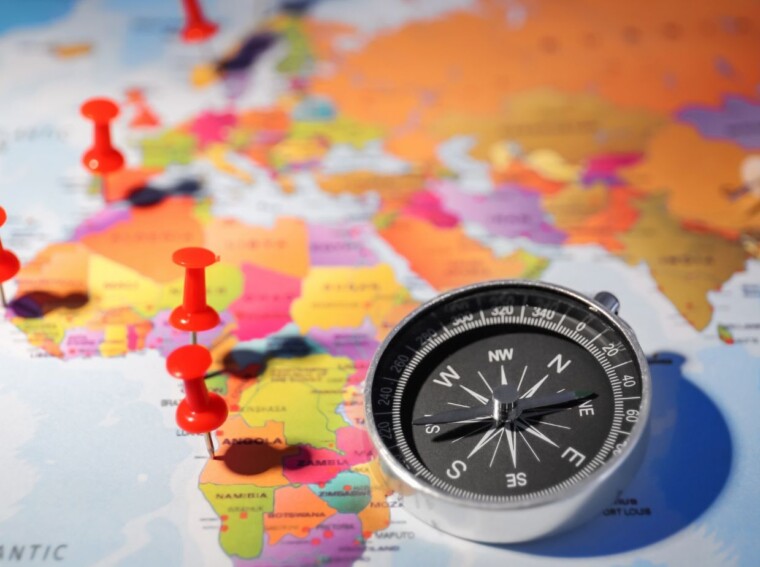10°24’57.8″N 23°25’00.8″E
Located at coordinates 10°24’57.8″N 23°25’00.8″E, this specific location holds a certain intrigue and mystery. Its geographical coordinates represent a point on our planet Earth that has its own unique significance and story to tell. As an expert in exploration, I find myself captivated by the prospect of uncovering what lies within these coordinates.
The latitude and longitude provided pinpoint a specific spot on Earth’s surface, offering an entryway into understanding the surrounding environment and potential landmarks or features present there. Exploring these coordinates could lead us to discover hidden treasures such as stunning landscapes, fascinating wildlife, or even remnants of ancient civilizations.
Delving into these geographic coordinates invites us to embark on a journey of curiosity and discovery. What secrets does this precise location hold? What wonders await those who venture here? In my quest for knowledge and adventure, I can’t help but be drawn to the allure of exploring 10°24’57.8″N 23°25’00.8″E – a gateway to uncharted territories awaiting our exploration.
Geographic Coordinates
Understanding Geographic Coordinates
Geographic coordinates play a crucial role in pinpointing specific locations on our vast planet. They provide a standardized way to express latitude and longitude, enabling us to identify any point on Earth’s surface with remarkable precision. So, let’s dive into the fascinating world of geographic coordinates and uncover how they work.
Latitude and longitude form the foundation of geographic coordinates. Latitude measures the distance north or south of the equator, while longitude measures the distance east or west from a reference point called the Prime Meridian. Together, these two components provide a unique set of numbers that help us navigate and locate places accurately.
To give you an example, let’s take the coordinates “10°24’57.8″N 23°25’00.8″E.” The latitude here is 10 degrees, 24 minutes, 57.8 seconds North of the equator, while the longitude is 23 degrees, 25 minutes, and 0.8 seconds East of the Prime Meridian.
Understanding these numeric values may seem daunting at first glance, but once you grasp their significance, you’ll unlock new possibilities for exploration and discovery. With geographic coordinates at your fingertips, you can precisely navigate to breathtaking landscapes like towering mountains or pristine beaches – anywhere in the world!
It’s worth noting that geographic coordinates provide invaluable information for various applications beyond navigation alone. Scientists use them to study climate patterns across different regions or track migratory routes of animals across continents. Urban planners rely on them to map out cities efficiently and optimize transportation networks.

Latitude and Longitude
In this section, I’ll dive into the fascinating world of latitude and longitude. These two coordinate values play a crucial role in pinpointing specific locations on Earth’s surface. So, let’s explore what latitude and longitude are all about.
Understanding Latitude
Latitude is a measure of distance north or south of the equator, which is considered as 0 degrees. It helps us determine how far we are from the Earth’s equatorial line. The latitude lines run parallel to the equator, with positive values indicating locations north of it and negative values representing locations south of it.
For instance, when we encounter coordinates like “10°24’57.8″N,” the “N” signifies that it lies in the northern hemisphere above the equator.
Exploring Longitude
Longitude, on the other hand, measures distance east or west from the Prime Meridian (0 degrees). The Prime Meridian passes through Greenwich Observatory in London, England and serves as a reference point for calculating longitudinal positions across the globe.
Just like latitude lines, longitude lines also run parallel but vertically instead. Positive longitudes are located eastward from Greenwich while negative longitudes are found westward.
For instance, if we come across coordinates such as “23°25’00.8″E,” the “E” denotes that it falls to the east of Greenwich.
Combining Latitude and Longitude
By combining latitude and longitude values together, we can precisely pinpoint any location on Earth’s surface. This system allows us to navigate our planet with accuracy and detail.
Now that you have a basic understanding of latitude and longitude let me show you how these coordinates work together:
- Latitude: 10°24’57.8″N
- Longitude: 23°25’00.8″E
Together these coordinates represent a unique geographical location on our planet where both latitude and longitude intersect.
So next time you come across a set of coordinates like “10°24’57.8″N 23°25’00.8″E,” you’ll have a better understanding of how latitude and longitude help us navigate and explore our incredible world.

